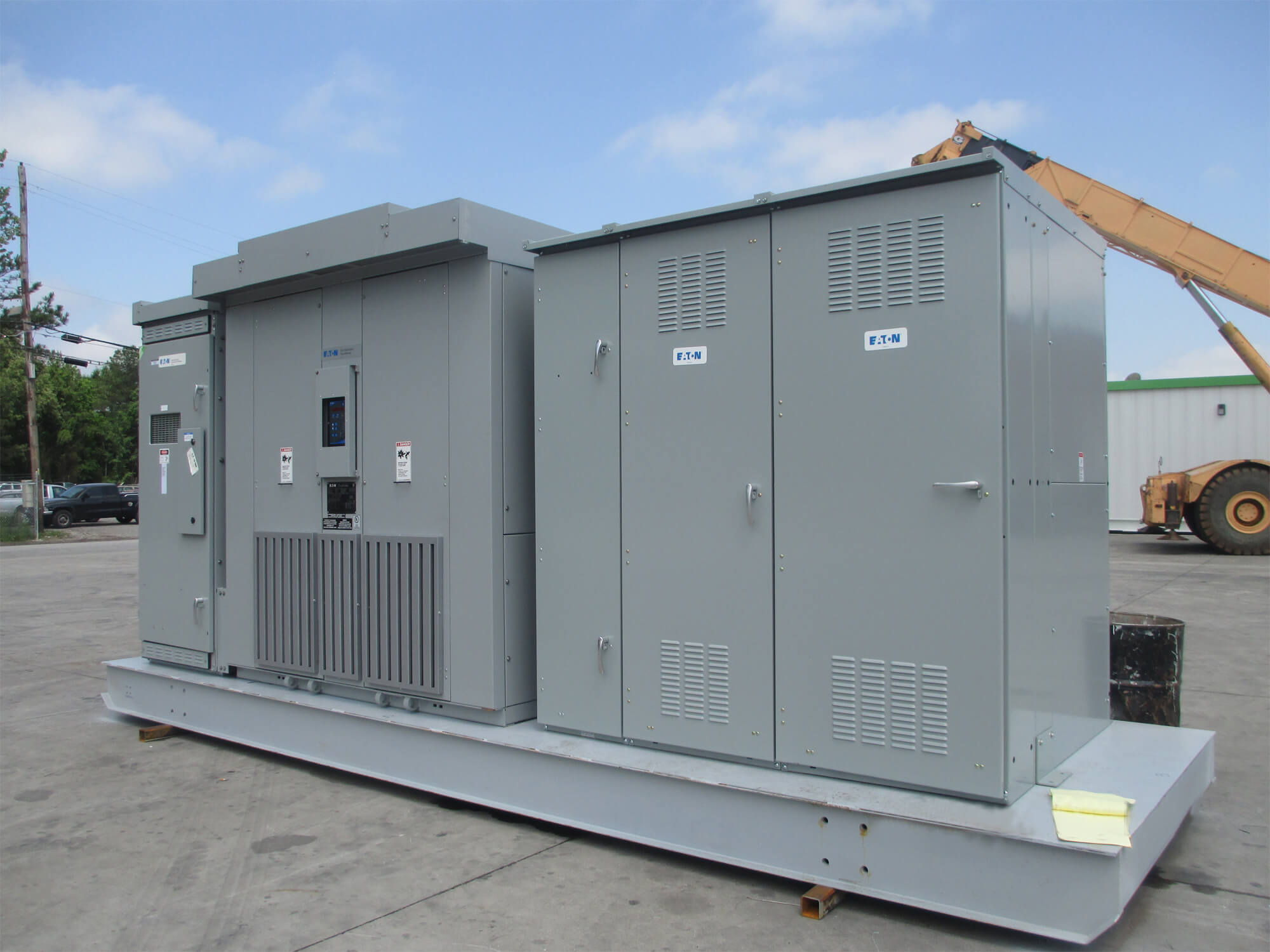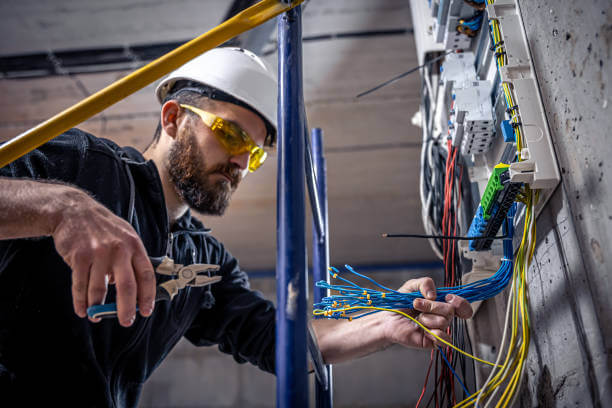Traction substations are essential components in rail electrification systems. These systems convert the electrical power supplied by the utility into a form suitable for providing power to a rail system. This article examines the core equipment, technical challenges, and advantages of traction substations.
Core Equipment of Traction Substations
The type of rail system in place determines the kind of power the traction substation will provide. For direct current (dc) systems, the core equipment of a traction substation includes transformers and rectifiers. Rectifiers come in three types, namely 6, 12, or 24 pulses, and are employed to convert the utility supply to dc. Additionally, dc traction substations contain circuit breakers to ensure that the system receives adequate protection. At the same time, switching devices facilitate maintenance and efficient system operation.
In the case of alternating current (ac) systems, the traction substation core equipment comprises transformers, which link up with the three-phase power utility supply to convert it to a single-phase voltage that matches the rail electrification system being employed. Circuit breakers and switching devices are also provided to ensure proper system protection and proper operations and facilitate maintenance.
Harsh Operational and Stability Constraints
Traction substations have harsher operational and stability constraints than normal power distribution substations. They are often subject to frequent transient spikes, voltage depressions, voltage rises, and short circuits. The use of thyristor-controlled traction drives can generate significant harmonics, affecting the supply system. Traction substations often employ devices like transformers and static converters to harmonize these limits.
SCADA Systems and Specialized Software Support
Traction substations are controlled by Supervisory Control And Data Acquisition (SCADA) systems, which also provide power for auxiliary techniques, such as signaling and various trackside purposes. Given the loading from multiple trains running concurrently, current practices are heavily reliant on software support.
Advantages of Traction Substations
There are several advantages of traction substations over other designs. For one, they allow for the transportation of large amounts of electrical power, making them more efficient in power distribution. Traction substations also provide better stability and protection against electrical system disturbances like voltage spikes and short circuits. Additionally, they are optimized for the unique operational requirements and constraints of rail power distribution.
Conclusion
In conclusion, traction substations are critical components in rail electrification systems. Their design, construction, and operation require a deep understanding of electrical and mechanical systems, unique operational challenges, and stability constraints. Swartz Engineering specializes in quality substation designs and can provide further information on traction substations.

Get in Touch with Our Experts
If you're looking for a reliable power substation manufacturer, look no further than Swartz Engineering! With years of experience and expertise in designing, constructing, and operating power substations, Swartz Engineering can help you meet your power distribution needs. Whether you're looking for traction substations or other specialized equipment, Swartz Engineering offers quality substation designs optimized for the unique operational requirements and constraints of rail power distribution. Don't hesitate to contact Swartz Engineering today to learn more about our services and how we can help you achieve your goals.
Products We Offer
Swartz Engineering strives to provide top-quality products to achieve our customer's needs. Our products include:
- Type 76 DC Relay
- Type 82 DC Relay
- Swartz Engineering’s Type 64 Ground Relay
- Type 32 Reverse Current Relay
- Type 150 DC
- CSM Shield Monitor
- Metal Oxide Surge Arrestors
- Transducers
- MVIS SL Slim-line Contactor
- Fully-tested Power Control Rooms
- Swartz Engineering’s Portable Substations
